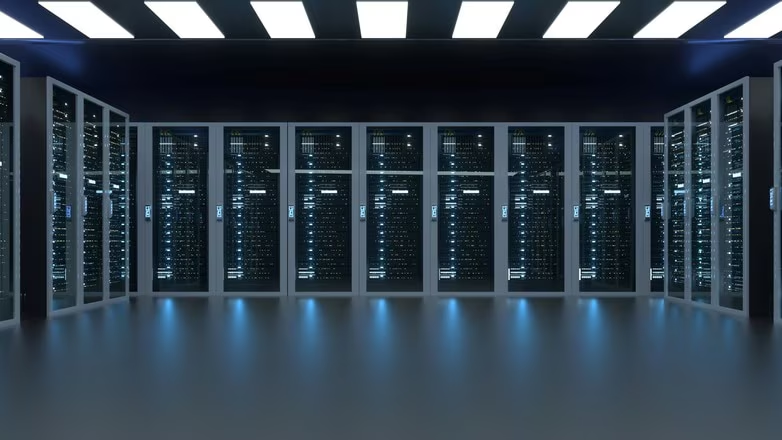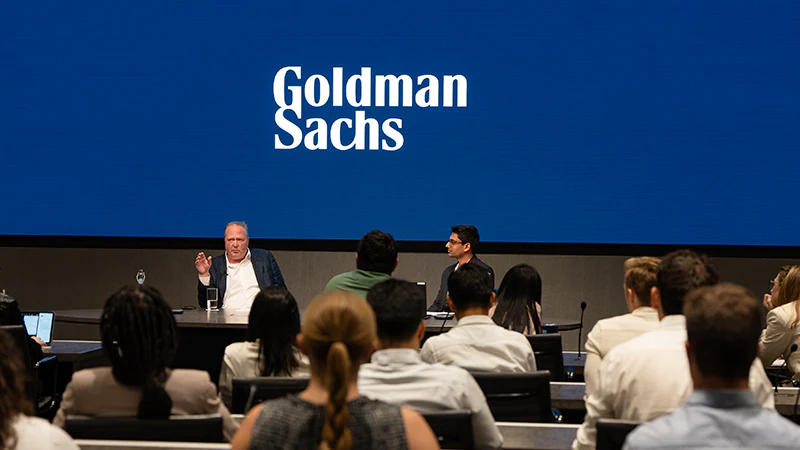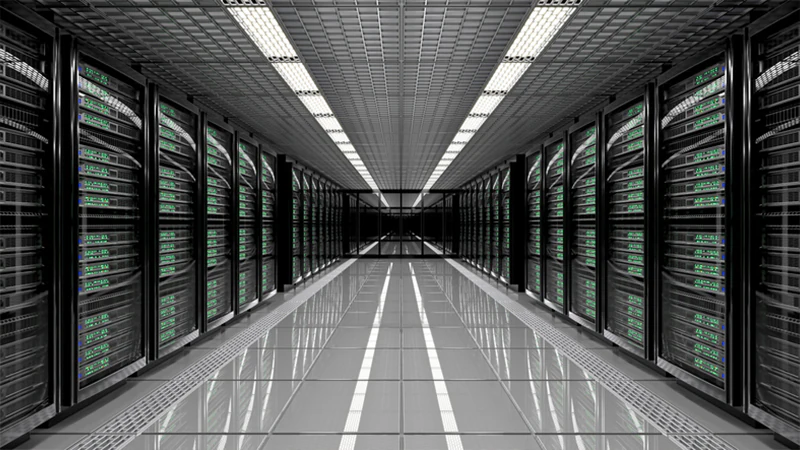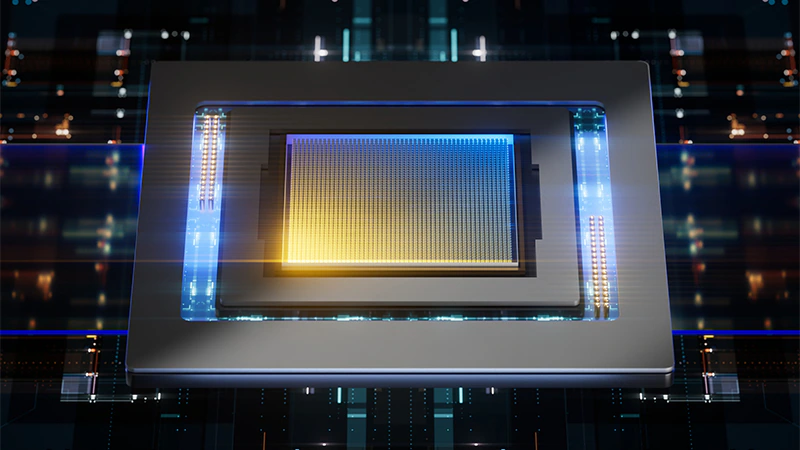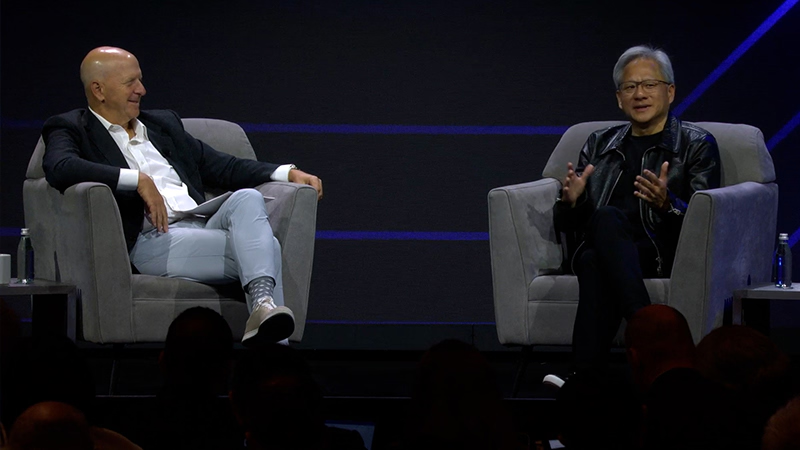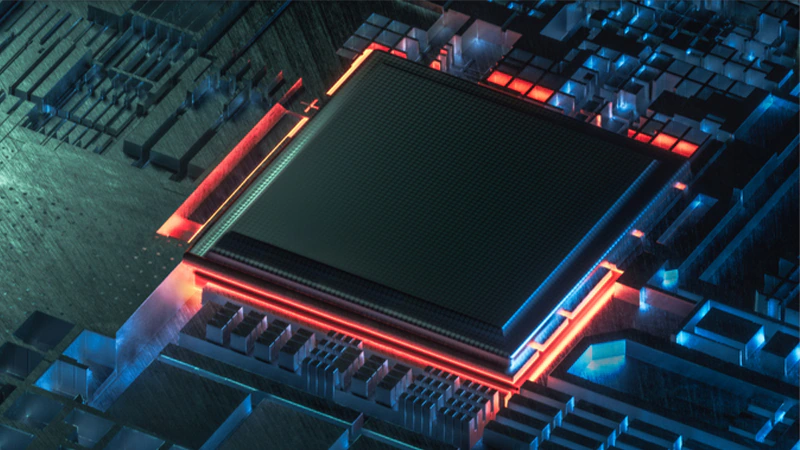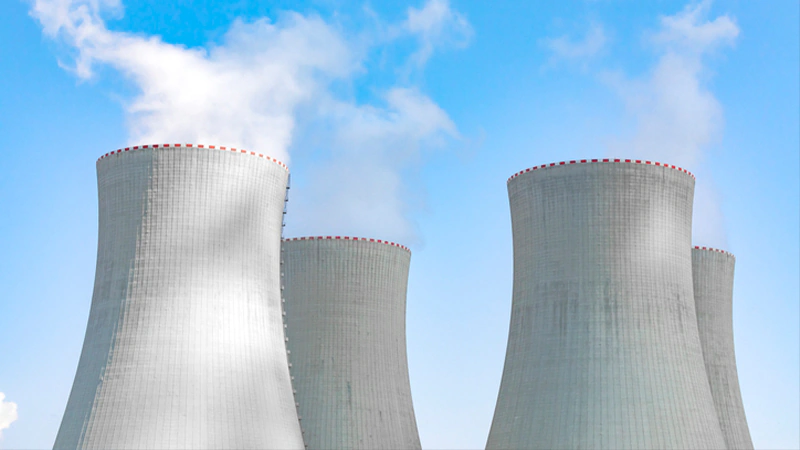AI is poised to drive 160% increase in data center power demand
On average, a ChatGPT query needs nearly 10 times as much electricity to process as a Google search. In that difference lies a coming sea change in how the US, Europe, and the world at large will consume power — and how much that will cost. For years, data centers displayed a remarkably stable appetite for power, even as their workloads mounted. Now, as the pace of efficiency gains in electricity use slows and the AI revolution gathers steam, Goldman Sachs Research estimates that data center power demand will grow 160% by 2030. At present, data centers worldwide consume 1-2% of overall power, but this percentage will likely rise to 3-4% by the end of the decade. In the US and Europe, this increased demand will help drive the kind of electricity growth that hasn’t been seen in a generation. Along the way, the carbon dioxide emissions of data centers may more than double between 2022 and 2030. How much power do data centers consume? In a series of three reports, Goldman Sachs Research analysts lay out the US, European, and global implications of this spike in electricity demand. It isn’t that our demand for data has been meager in the recent past. In fact, data center workloads nearly tripled between 2015 and 2019. Through that period, though, data centers’ demand for power remained flattish, at about 200 terawatt-hours per year. In part, this was because data centers kept growing more efficient in how they used the power they drew, according to the Goldman Sachs Research reports, led by Carly Davenport, Alberto Gandolfi, and Brian Singer. https://www.goldmansachs.com/infographics/v2/flourish/data-center-power-demand/index.html?auto=1 But since 2020, the efficiency gains appear to have dwindled, and the power consumed by data centers has risen. Some AI innovations will boost computing speed faster than they ramp up their electricity use, but the widening use of AI will still imply an increase in the technology’s consumption of power. A single ChatGPT query requires 2.9 watt-hours of electricity, compared with 0.3 watt-hours for a Google search, according to the International Energy Agency. Goldman Sachs Research estimates the overall increase in data center power consumption from AI to be on the order of 200 terawatt-hours per year between 2023 and 2030. By 2028, our analysts expect AI to represent about 19% of data center power demand. https://www.goldmansachs.com/infographics/v2/flourish/data-centers/index.html?auto=1 In tandem, the expected rise of data center carbon dioxide emissions will represent a “social cost” of $125-140 billion (at present value), our analysts believe. “Conversations with technology companies indicate continued confidence in driving down energy intensity but less confidence in meeting absolute emissions forecasts on account of rising demand,” they write. They expect substantial investments by tech firms to underwrite new renewables and commercialize emerging nuclear generation capabilities. And AI may also provide benefits by accelerating innovation — for example, in health care, agriculture, education, or in emissions-reducing energy efficiencies. US electricity demand is set to surge Over the last decade, US power demand growth has been roughly zero, even though the population and its economic activity have increased. Efficiencies have helped; one example is the LED light, which drives lower power use. But that is set to change. Between 2022 and 2030, the demand for power will rise roughly 2.4%, Goldman Sachs Research estimates — and around 0.9 percent points of that figure will be tied to data centers. https://www.goldmansachs.com/infographics/v2/flourish/growth-in-power-demand/index.html?auto=1 That kind of spike in power demand hasn’t been seen in the US since the early years of this century. It will be stoked partly by electrification and industrial reshoring, but also by AI. Data centers will use 8% of US power by 2030, compared with 3% in 2022. US utilities will need to invest around $50 billion in new generation capacity just to support data centers alone. In addition, our analysts expect incremental data center power consumption in the US will drive around 3.3 billion cubic feet per day of new natural gas demand by 2030, which will require new pipeline capacity to be built. Europe needs $1 trillion-plus to prepare its power grid for AI Over the past 15 years, Europe’s power demand has been severely hit by a sequence of shocks: the global financial crisis, the covid pandemic, and the energy crisis triggered by the war in Ukraine. But it has also suffered due to a slower-than-expected pick up in electrification and the ongoing de-industrialization of the European economy. As a result, since a 2008 peak, electricity demand has cumulatively declined by nearly 10%. https://www.goldmansachs.com/infographics/v2/flourish/it-load-map-2/index.html?auto=1 Going forward, between 2023 and 2033, thanks to both the expansion of data centers and an acceleration of electrification, Europe’s power demand could grow by 40% and perhaps even 50%, according to Goldman Sachs Research. At the moment, around 15% of the world’s data centers are located in Europe. By 2030, the power needs of these data centers will match the current total consumption of Portugal, Greece, and the Netherlands combined. Data center power demand will rise in two kinds of European countries, our analysts write. The first sort is those with cheap and abundant power from nuclear, hydro, wind, or solar sources, such as the Nordic nations, Spain and France. The second kind will include countries with large financial services and tech companies, which offer tax breaks or other incentives to attract data centers. The latter category includes Germany, the UK, and Ireland. https://www.goldmansachs.com/infographics/v2/flourish/power-grids/index.html?auto=1 Europe has the oldest power grid in the world, so keeping new data centers electrified will require more investment. Our analysts expect nearly €800 billion ($861 billion) in spending on transmission and distribution over the coming decade, as well as nearly €850 billion in investment on solar, onshore wind, and offshore wind energy.
AI is poised to drive 160% increase in data center power demand Read More »

